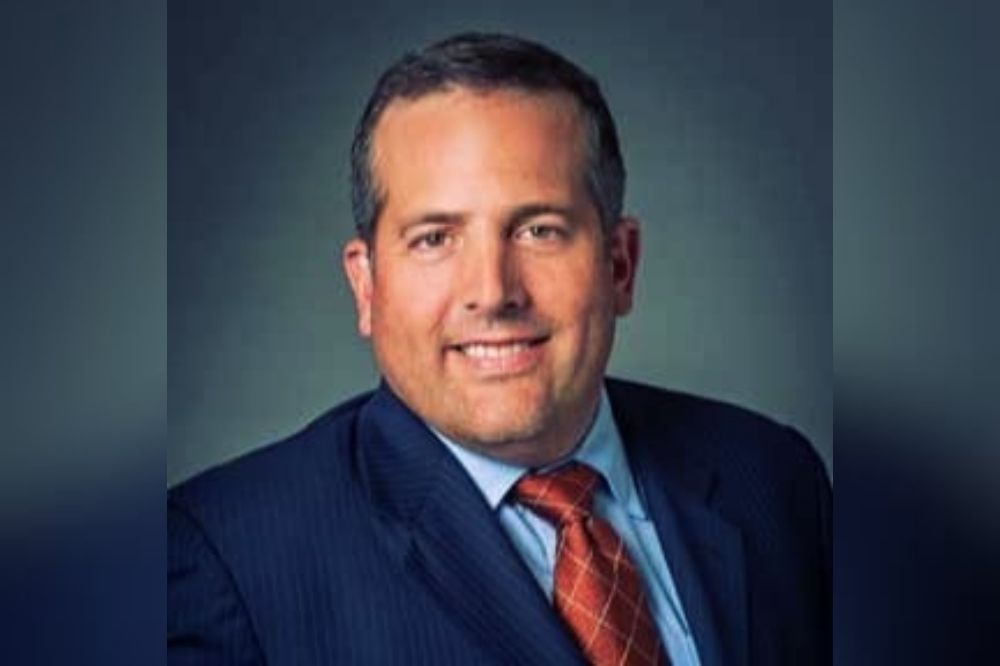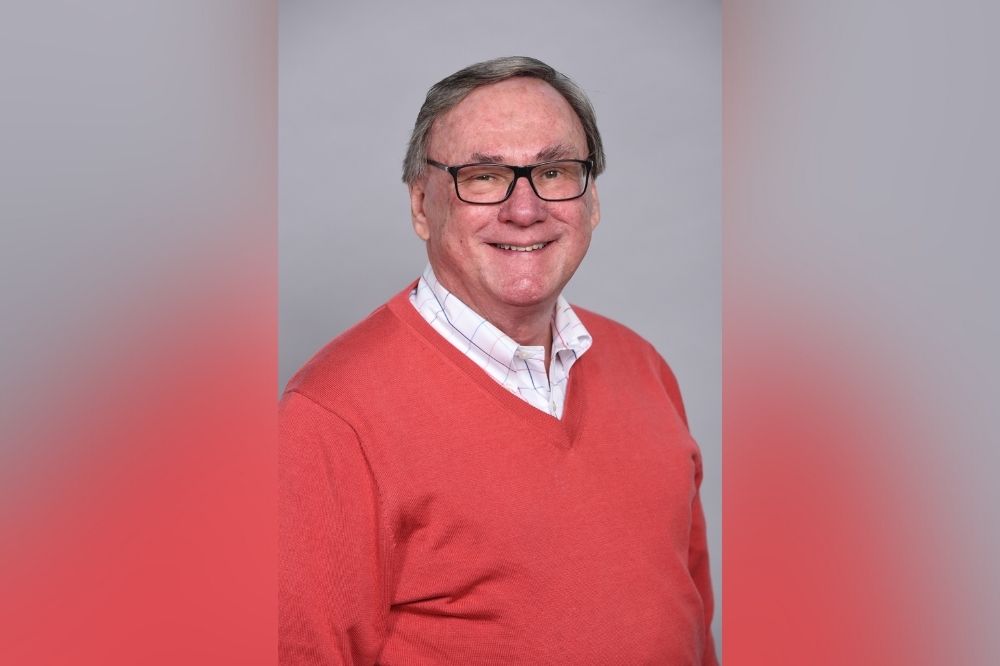

This article was produced in partnership with Amwins.
Bethan Moorcraft of Insurance Business sat down with Michael Hopkins, senior vice president of strategic partnerships, and Gerry Gates, president of operations, at Stealth Partner Group, an Amwins Company, to discuss the unbundling of self-funded health benefit programs.
With the cost of healthcare skyrocketing in the United States, more and more employers are attempting to save costs and create data-driven, tailored plans by offering self-funded health benefit programs for their employees and using medical stop loss insurance as a financial backstop to protect against any unforeseen expenses.
While self-funded healthcare plans can help employers to mitigate costs, many are failing to fully optimize their plans. This is particularly concerning when a BUCA serves as both the administrator and stop-loss insurer. That process is known as “bundling” – and while it may seem straightforward, bundled plans often lack the financial advantages that employers are seeking through self-insurance.
One key advantage of self-funded healthcare programs over the fully insured market – where businesses purchase coverage directly through an insurer like UnitedHealth Group, Cigna, or Aetna, and leave all plan administration and services to their care – is that self-funded employers have insight into their claims data and can therefore gain more understanding of where their money is going.
However, that’s really where their advantages end if they opt for a bundled arrangement, especially if they have no control over who is selected as their medical stop loss carrier, according to Michael Hopkins, senior vice president of strategic partnerships, Stealth Partner Group, an Amwins Company.
“Our key clients are employee benefits brokers and consultants. We support our clients in going to market externally on the medical stop loss piece of the puzzle,” said Hopkins. “We then go out to eight to 10 different direct writing markets on average, and we try to find more cost-effective solutions for stop loss for our clients. In doing that, we receive claims data from both the health plan and the pharmacy benefit manager (PBM), and we then analyze that data and help the front-end broker try to find other vendors that may help [the self-funded plan sponsor] save money overall.”
Self-funded health benefit programs require time and attention from both employers and their broker partners, Hopkins stressed. He said they need to dig into plans together to root out any unnecessary expenditure, figure out where claims dollars are being spent, and strategize for how they can be allocated more efficiently.
“We see this all the time with PBMs,” Hopkins commented. “An employer might choose UnitedHealthcare, Cigna, Aetna or a Blue Cross company (BUCAs) as their TPA for the strength of their network and their claims paying ability, but rather than accepting the BUCA’s PBM, they can unbundle their plan and choose a fully transparent PBM that makes sure all of the rebate dollars get back to the plan within certain time frames and their contractual obligations are potentially different than they might have been within the bundled plan. That unbundling could save the employer a significant amount of money without negatively affecting the services provided to plan participants.”
According to Gerry Gates, president of operations, Stealth Partner Group, the advantage of the unbundled approach is: “It gives the opportunity to assemble vendors and parties who are going to help support that plan and support the employer, and who bring some real specialization and tools to the party that can affect both the efficacy of the services that are provided, but also the cost of those services. But it does take work to assemble that team, versus just taking the turnkey packaged approach, which is what bundling is all about.”
Self-funded employers can find significant savings by shopping the medical stop loss market, which is relatively soft at the moment in terms of pricing and offers adequate capacity. Hopkins said he’s seen differences in rates of 20-30% on any individual group for their stop loss insurance. In general, the pricing depends largely on a group’s experience and how attentive the carrier feels the plan is being at attempting to mitigate costs.
“If the carriers feel the front-end plan is really watching every dollar, and they feel like they’ve got a partner in the business moving forward that will help them on the big claims, that will enable them to price the stop loss insurance more aggressively,” Hopkins told Insurance Business.
“At Amwins, self-funding is 100% our specialty and what we focus on, so we really get a chance to see a number of different vendors in the industry, and how they work when the rubber meets the road. We can, in conjunction with the front-end broker, make recommendations about which vendors are the best for an individual client. We can then take that change or that package out to the stop loss market, and they will then potentially give decrements for pricing because these vendors have been brought into the plan.
“For instance, we may see an account that has five dialysis patients that are costing much more money than they should be - maybe 10X what the Medicare reimbursement rate would be. We may then suggest to the broker that they talk to three or four different vendors around the dialysis programs and help them meet these vendors, get RFPs from these vendors, and choose one of these vendors for their plan. Upon renewal, we can utilize that information to talk to the stop loss carriers and get reductions in rates for using those vendors and limiting the risk to the plan.”
Without that partnership, plan sponsors might never know that they’re paying excessive amounts for certain anomalous claims. By carefully selecting independent vendors to handle the unique needs of their plans, employers are more likely to achieve their self-insured goals.
 Mike Hopkins started his career in the fully insured and HMO space underwriting plans 30 years ago, since then has had experience in partially and fully self-funding, designing student plans, employee benefit captives, and limited medical products for companies like AIG and Berkshire Hathaway. Now as a SVP at Stealth Partner Group, Mike is responsible for Stealth’s relationships with the top stop loss carriers in the country.
Mike Hopkins started his career in the fully insured and HMO space underwriting plans 30 years ago, since then has had experience in partially and fully self-funding, designing student plans, employee benefit captives, and limited medical products for companies like AIG and Berkshire Hathaway. Now as a SVP at Stealth Partner Group, Mike is responsible for Stealth’s relationships with the top stop loss carriers in the country.
 Gerry Gates is a senior executive of Stealth Partner Group. Prior to Amwins’ acquisition of Stealth in 2019, he was President of Stop Loss Insurance Services (SLIS). Gates has over 30 years of experience in the insurance industry, where he has served in various senior level roles for companies like UMass Memorial Healthcare, the Provident Companies and Paul Revere Corporation/Textron where he was responsible for strategic planning, corporate development, investor relations and marketing.
Gerry Gates is a senior executive of Stealth Partner Group. Prior to Amwins’ acquisition of Stealth in 2019, he was President of Stop Loss Insurance Services (SLIS). Gates has over 30 years of experience in the insurance industry, where he has served in various senior level roles for companies like UMass Memorial Healthcare, the Provident Companies and Paul Revere Corporation/Textron where he was responsible for strategic planning, corporate development, investor relations and marketing.
